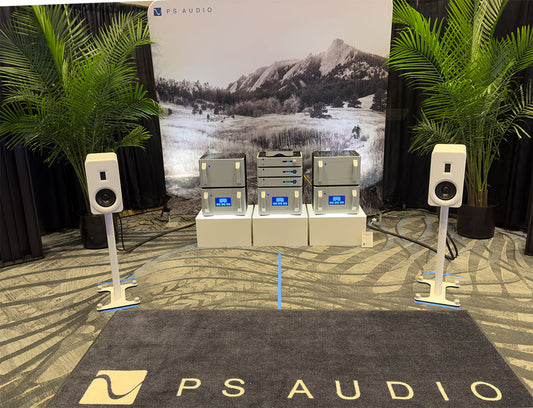Mr. Rogers
by Paul McGowan
Networks are like neighborhoods, each has an address where devices live. Mr. Rogers would be pleased to see things so orderly. If you have a computer, a NAS, a network attached DAC, a router, anything on the network, it too has an address that identifies it, like a house and street number. If you want to communicate with the device all you need to know is its address and you're in (as long as you know the door code).
But what if you don't know the address of a device you want to find? You can search for it on a computer and, if it wants to be found, it isn't too hard. In computer speak this process is referred to as discovery and most network devices want to be discovered. Entertainment based devices on networks typically use a discovery and advertising protocol known as UPnP (also called DLNA after the organization). Universal Plug and Play has a long history of being both a godsend and a nightmare for programmers. In its best light, it permits the ability to plug a device into any home network and communicate automatically with any other compatible device present; for example, a NAS. In theory, plug a NAS into a network and devices that may wish to access music on that NAS can now connect with no further setup. It doesn't always work so smoothly, but it's getting better.
The focus of these articles is understanding how NAS connect to DACs and what it all means. So, without further ado, let's take a look at the ways we can communicate and stream music from a NAS, attached to a network.
As earlier described a NAS is a hard drive with a dedicated, built in, computer controlling it. To access data on the NAS you need another computer. This second computer can be a laptop, desktop, built into a router, built into a DAC. It's important to note that regardless of how it's packaged, the computer in a NAS needs another computer to speak to it as well. So, let's imagine we have our desktop PC and it too is attached to our home network through a router, as is our NAS. To access music on the NAS, we open a discovery program like Finder in Mac or Explorer in Windows and look for the device. Perhaps it's called Paul's NAS. Voila! There it is. What's the first thing I want to do when connected to Paul's NAS? See what's inside.
That's the job of a program on the NAS called a server. That's where we'll pickup tomorrow.
- Choosing a selection results in a full page refresh.
- Opens in a new window.








